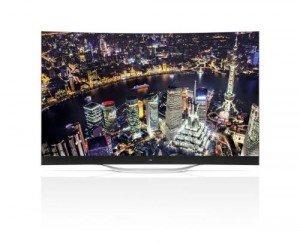
After more than 40 years of operation, DTVE is closing its doors and our website will no longer be updated daily. Thank you for all of your support.
Seven out of 10 UHD TVs to support HDR by 2020
Nearly 70% of Ultra High Definition (UHD) TVs will support new technologies like high dynamic range (HDR), wider colour gamut, high frame rates, and immersive audio by 2020, according to ABI Research.
ABI said that these new technologies and enhancements will advance the viewing experience “far more” than higher resolution alone, but that advancements in the UHD market are still ongoing and will “only start to fully solidify in 2016 if not late 2015.”
“Higher resolution content is already available through limited releases and more is on the way, but if the market is to reach its full potential the enhancements to UHD will have to play a significant role,” said ABI practise director Sam Rosen.
“Resolution might be the easiest element to communicate to consumers but the enhancements will provide the most compelling case to seek higher-end devices and pay for premium content above and beyond full HD.
“Upscaling resolution at the client device or display is already common, but the same can’t be said for HDR or expanded colour space. Retail displays will also create ideal side-by-side comparisons to better showcase the transformative effects of these enhancements.”
ABI said that a number of HDR proposals and UHD standards are in the works or have recently been released, and that content developers and manufacturers are still establishing “early stage alignments” around these proposed technologies.
ABI principal analyst Michael Inouye said that Ultra HD resolution is now expected on all high-end and increasingly mid-tier sets, with displays using technology such as ‘quantum dots’ already receiving praise for more life-like colours.
“For early UHD adopters whose TVs don’t support the new technologies, these new innovations might come as a sour pill, but in the long run these enhancements will produce the greatest wow factor for new display purchasers who view supported content. It will also serve as a mechanism for device manufacturers to better separate a premium tier of products,” said Inouye.



